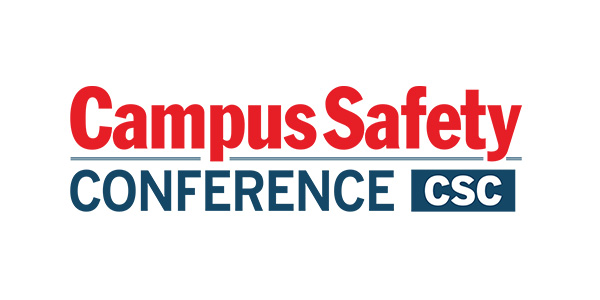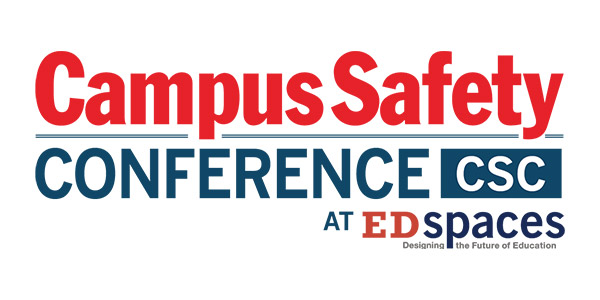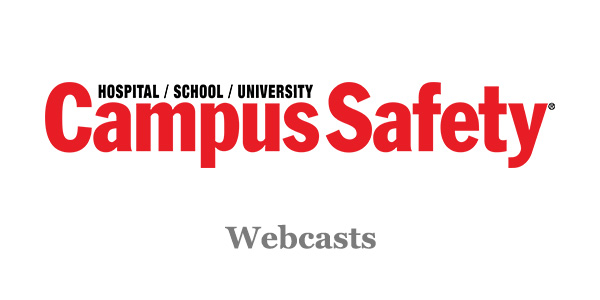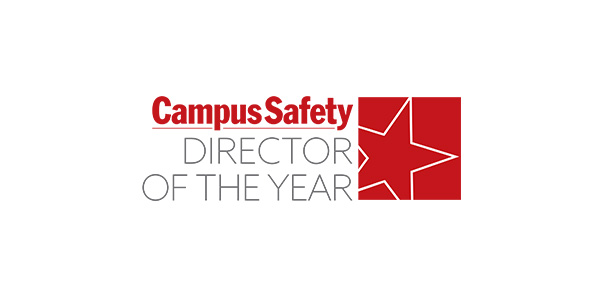The economic forces over the past two years are having a significant effect on public, private, charter and independent K-12 school operations. Many have had to cut personnel along with a host of other programs that have an impact on the level and quality of educational services offered. At the same time, school officials are under steady pressure to raise test scores. The pressures they face are immense, and the challenges faced by the families of their students don’t make the situation any easier.
One thing we have noticed in our work with school organizations, however, is that trying times like these can also offer opportunities. When we conduct assessments for school districts, it can be striking how much safety issues can relate to academic performance, employee turnover, drop out rates, truancy rates, maintenance costs and a host of other performance areas of great concern to school leaders.
My observation after more than three decades in this field is that many school leaders are missing a superb opportunity to achieve significant academic improvements through a renewed look at the way school safety issues are addressed. When costs, time, disruption, loss of use of stolen or vandalized educational technology, fear, reduction of public trust and other areas of concern are considered, improvements in safety, security and emergency preparedness are time efficient and cost-effective ways to improve the effectiveness of many school organizations while preventing human suffering.











